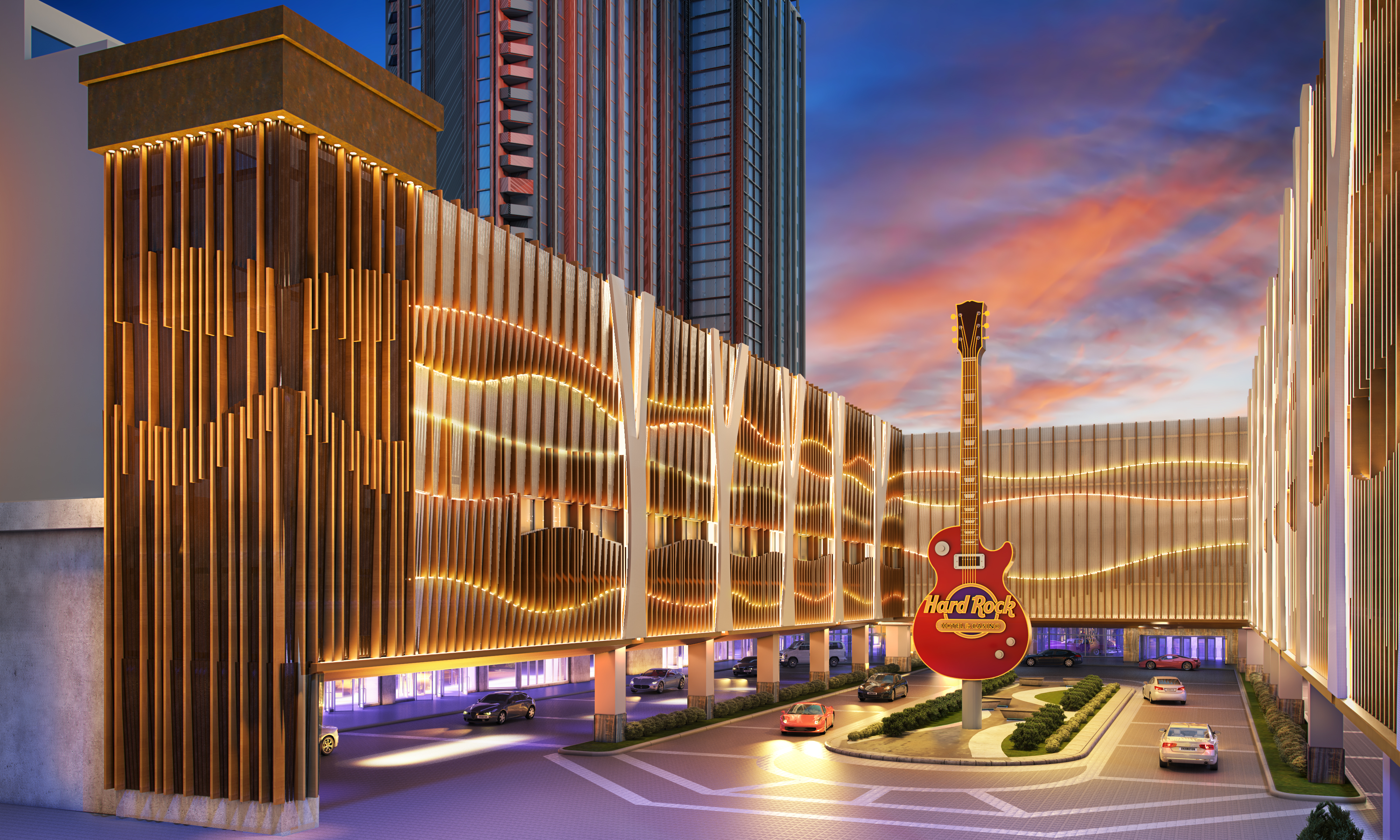The Enduring Advantage
Highlighting Stormwater and Roofs
In addition to aesthetic appeal and energy-savings, green roofing offers an excellent solution for mitigating storm water in urban environments. Most urban infrastructure is not designed to process all the rainwater it collects, especially when the majority of city surfaces are impermeable surfaces.
“Stormwater is only getting worse in terms of storm water management, and it’s being required more and more by not only major urban cities, but even secondary urban cities as well,” said Greg Raymond of SOPREMA.
Roxanne Miller, a landscape architect, horticulturist, and green roof specialist with SOPREMA, emphasizes that green roofs create the foremost environmental solution to stormwater management. Miller notes that green roofs which incorporate ‘blue,’ acting as a temporary storing system for rainwater, aid urban stormwater management capacity. When designed properly, a green roof can reduce the required size of a building cistern, absorb a percentage of collected rainwater, and ease the burden on urban infrastructure. There is an increasing emphasis in policy about roofing and mandating flow to drains in cities.
Eyes on the Prize: Understanding Certifications to Achieve Project Goals
Once project sustainability has been defined, certifications offer a toolset for making sustainable product decisions.
Industry Certifications
LEED®
LEED®, or Leadership in Energy and Environmental Design, is the most widely used green building rating system. LEED certification is a globally recognized symbol of sustainability achievement. LEED is for all building types and all building phases including new construction, interior fit outs, operations and maintenance, and core and shell.
LEED v4.0 and v4.1, beta version, have 9 different categories for certification. These versions are referred to below. LEED v5.0 will be released for comment in September 2023, with a final version released in 2024.
There are 5 categories where roofing can contribute under LEED v 4.0 and v4.1:
- Materials & Resources (MR)
- EPD’s, HPD’s, recycled content
- Environmental Quality (EQ)
- Low emitting materials, thermal performance
- Energy & Atmosphere (EA)
- Minimum energy / optimize energy
- Sustainable Sites (SS)
- Heat island reduction, rainwater management
- Innovation (IN)
- Significant, measurable environmental performance using a strategy not addressed in the LEED® rating system, new technologies.
LEED v4.0 Project Profile
Under LEED v4.0 there are multiple contributions possible for credits from commercial roofing. Added options can gain additional points depending on the attributes in the category.
LEED® Credit MRc2 (Building Product Disclosure & Optimization) – Environmental Product Declaration (EPD) – Achieve a minimum of 20 different permanently installed products from at least five different manufacturers that have EPD’s with at least a cradle-to-gate scope.
- Third-party verified product specific Type III EPD – 1 point
- Industry-wide (generic) Type III EPD – ½ point
LEED® MRc3 (Building Product Disclosure & Optimization) – Sourcing Raw Material/Recycle Content – Products have at least 25 percent, by cost, of the total value of permanently installed building products on project.
- Product that is extracted or sourced in responsible manner (Recycled content) – 1 point
- Includes Bio-based, Wood, or materials reuse
LEED® Credit MRc3 (Building Product Disclosure & Optimization) – Material Ingredients (HPD’s) Achieve a minimum of 20 different permanently installed products from at least five manufacturers that use the Health Product Declaration (HPD) or Declare (1000 ppm) to show chemical inventory of products. – 1 point
- Regional Multiplier – products sourced within 100 miles of the project site – 1 point
LEED® Credit SSc4 – Rainwater Management – Reduce runoff volume based on historical conditions.
- Use Vegetative Roof assembly (qualifying area 75 percent) – 1-2 points
LEED® Credit SSc5 – Heat Island Reduction (reduce thermal gradient differences due to impervious surface) Use either of the following:
- High Reflectance Roof (Cool Roof) – Low-slope Initial SRI 82 or 3 year aged SRI 64 – 1-2 points
- Vegetated Roof (qualifying area 75 percent) – 1-2 points
LEED® Credit EQc2 – Low emitting materials (Air quality) Low-VOC adhesives and sealants for roofing and building envelope are considered exterior products and are exempt from credit requirements except for schools and healthcare projects.
LEED® Credit IN (Innovation in Design) – Encourage innovative performance not in current rating system. Modified bitumen cap sheet surfaced with smog reducing granules. – 1-2 points

Photo courtesy of SOPREMA
Using materials that meet third party certifications offers added assurance that the product – its production, materials, and lifecycle – have been thoroughly examined. Hard Rock Atlantic City.









